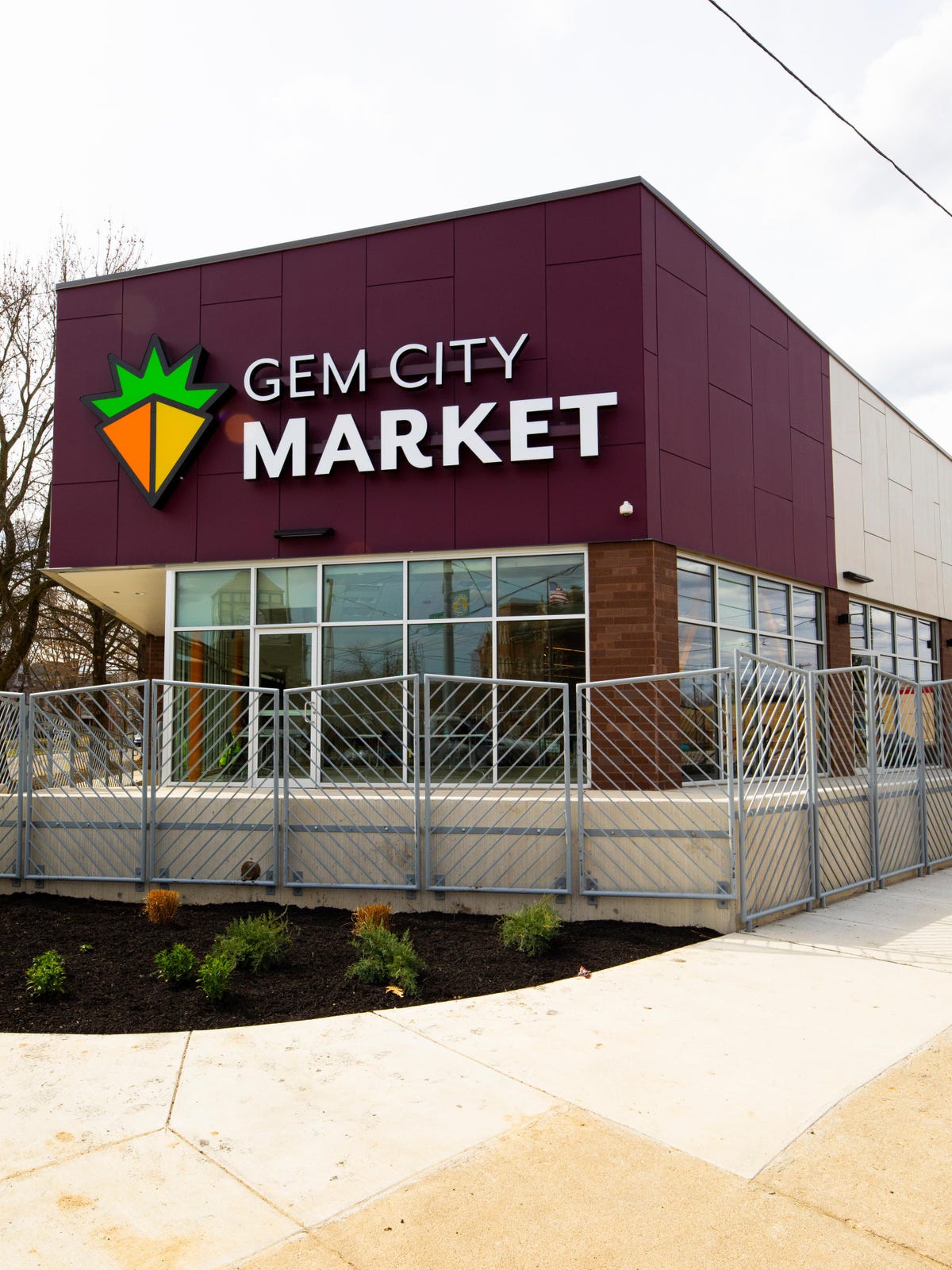Balancing Sustainability, Serviceability and Flexibility
In the ongoing search for viable and sustainable commercial refrigeration strategies, stakeholders often find themselves weighing the pros and cons of different system types.
We recently developed a new distributed system architecture called Copeland™ scroll booster that is designed specifically to help food retailers meet their requirements for sustainability and application flexibility without introducing unnecessary serviceability complexities.
Introducing the Copeland Scroll Booster Architecture
The Copeland scroll booster architecture is designed for maximum application flexibility and optimized for use with a low-pressure refrigerant like R-513A. Configurations can scale from small, low-charge systems utilizing condensing units to larger systems of distributed racks charged with several hundred pounds of refrigerant. One design feature that makes this booster architecture unique is its use of a single refrigerant (R-513A) for both low- and medium-temperature refrigeration loads. This approach simplifies system design while maximizing overall efficiencies.
Architecture Designed for Sustainable Supermarket Refrigeration
Achieving lower-GWP refrigeration and energy efficiency within a familiar operating footprint.


Proof of Concept and Future Evolution
The combination of high performance, sustainability and serviceability made the Copeland scroll booster an ideal choice for Gem City Market, a new small-format supermarket built in a food desert in Dayton, Ohio. The project involved collaboration among the affected Dayton community, city officials and commercial refrigeration industry leaders, Hussmann, Chemours and Emerson who donated their respective expertise and resources to the project.
When even lower-GWP refrigerants (such as A2Ls) are approved for use by applicable codes and standards, a distributed scroll booster system can be adapted for use with these ultra-low refrigerant alternatives (less than 150 GWP).

Pioneered at Emerson’s Helix Innovation Center
When Copeland first opened The Helix Innovation Center, an Copeland facility located on the University of Dayton campus, we envisioned it as a catalyst to advance research and drive innovation for the global heating, ventilation, air conditioning and refrigeration (HVACR) industry.
The collaboration with Gem City Market stakeholders took place within The Helix Innovation Center. Industry stakeholders came together to design a custom configuration of the distributed scroll booster system according to the Gem City Market’s unique footprint, floor plan and refrigeration requirements.
Are you interested in learning more about this architecture?
If you’re interested to learn how the Copeland scroll booster architecture can help your operations or project balance sustainability, serviceability, flexibility, fill out the form and one of our team experts will contact you.
Documents
| Name | Language | File Type | Link |
|---|---|---|---|
| White Paper - Distributed Scroll Booster Architecture for Sustainable Supermarket Refrigeration | English, Français | Download |



